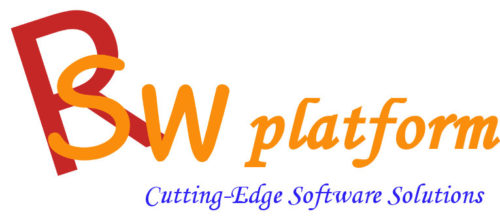Maximum Difference Scaling (MDS or maxdiff) is a scaling technique for dealing with binary attributes (yes/no or present/absent attributes) and to estimate the preference associated with each of them (e.g., importance or desiderability). A MDS exercise consists in exposing respondents to small sets of attributes / messages / statements, each set representing a task.
Respondents are asked to choose the most appealing attributes (best) and least appealing one (worst) for each task.
Key Steps:
- definition of the items to be included in the MDS exercise; items should be phrased as dichotomous (i.e., item present or absent);
- identification of the most appropriate MDS framework for the study (sample size; number of tasks; number of items on each task; number of versions/blocks);
- preparation of the MDS design; the combinations of items to be presented to respondents are determined by an experimental design based on design of experiment rules;
- analysis of the MDS data by individual level estimation;
- interpretation of findings and delivery of results.
R-sw Tradeoff is the only commercial software that allows running both the short and the graded Paired of Comparisons Models as well as analyzing Maximum Difference Scaling data.
The MDS approach presents a number of important benefits over other approaches commonly used to assess preference or importance for a list of items:
- the MDS setting allow exploring the preference for a potentially rather long list of items, usually between 20 and 40 items, with a limit only imposed by the sample size;
- results are highly differentiated, much more than with a rating scale approach;
- results are highly comparable across markets or segments as items are measured on a common scale, no matter the respondents background (no cultural or experience bias);
- results are on a ratio scale that is highly welcome by researchers;
- very simple exercise for respondents (reduced fatigue, high quality data);
- simple to execute (design easy to prepare, even with restrictions, and analysis easy to run).

